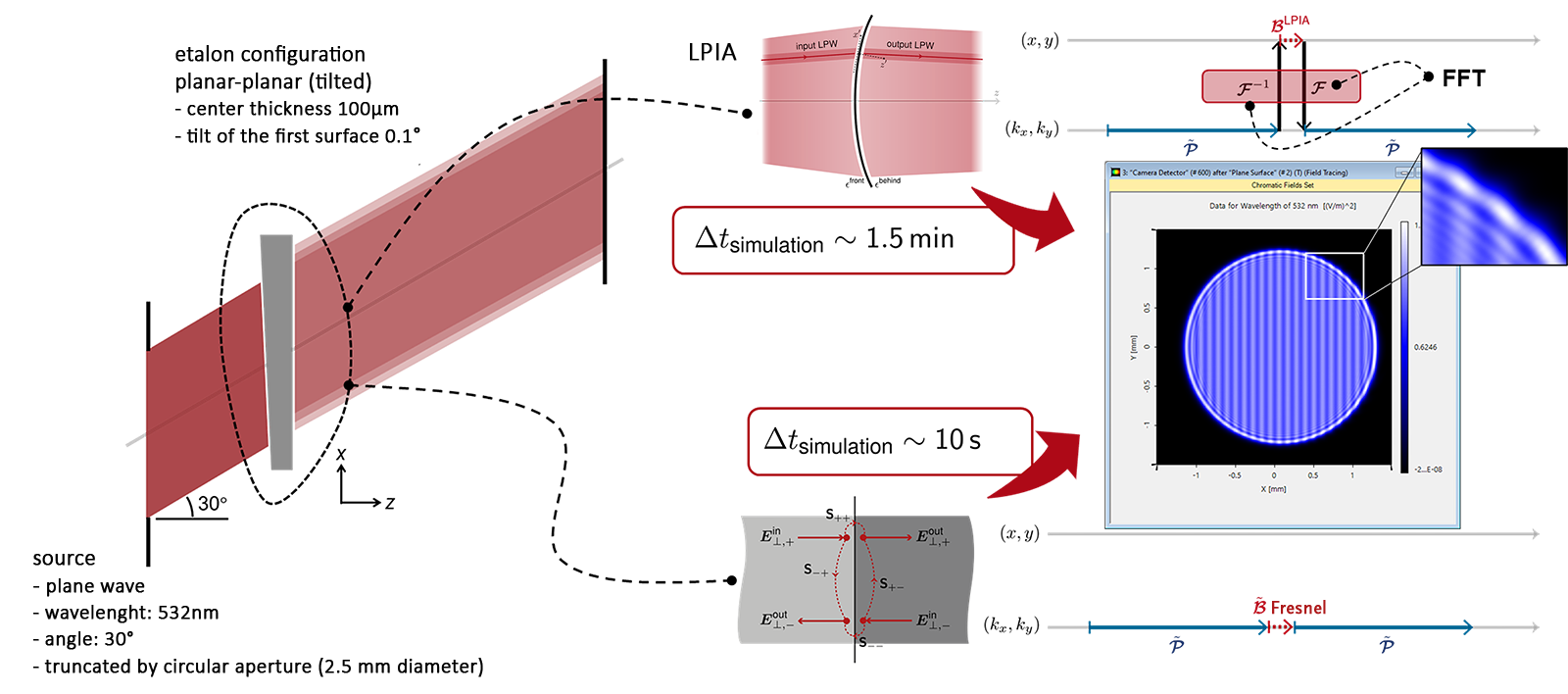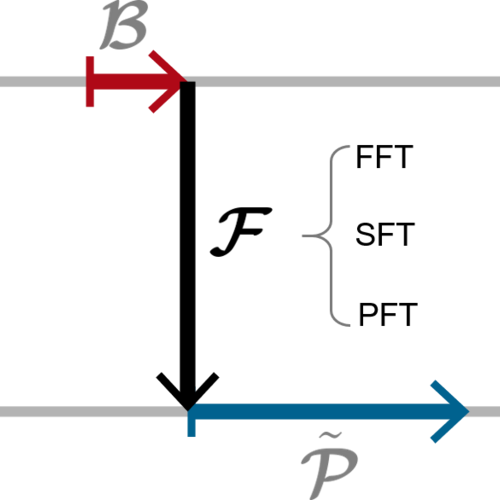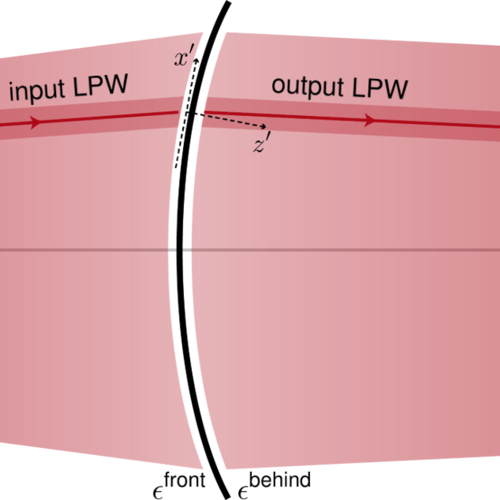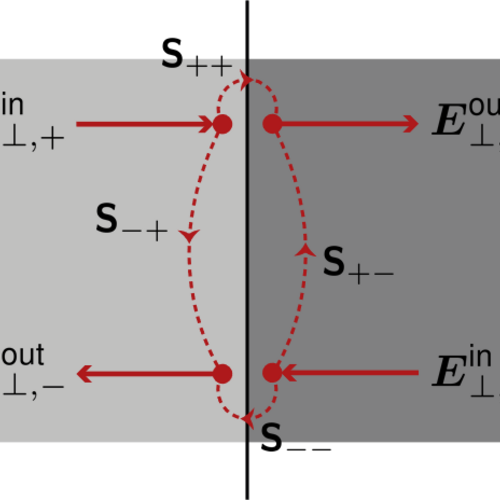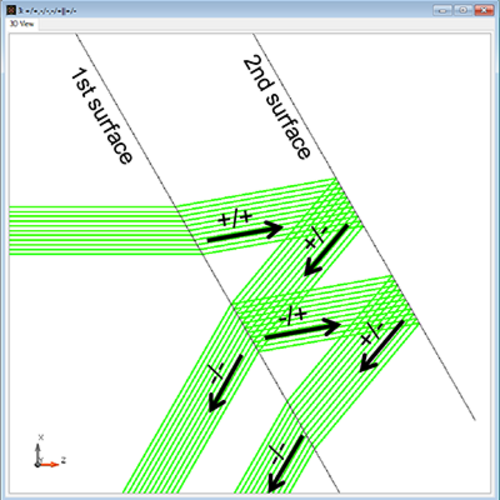Components, Solvers and Fourier Domains – Plane Surface
Abstract
The field-tracing technology in VirtualLab Fusion rests on the philosophy of “connecting field solvers”: using different solvers for different components inside a single system, so that the best-suited option is applied to each part of the system. The choice exists for each solver to be implemented in the space domain or in the spatial-frequency domain. One or the other will be selected depending on the mathematical characteristics of said solver – for many of the most common components, the corresponding solver is going to be much lighter numerically in one domain than in the other, and therefore faster. This results in a simulation sequence that must move back and forth between the Fourier domains.
VirtualLab Fusion Configuration
-
 VirtualLab Fusion
VirtualLab Fusion
